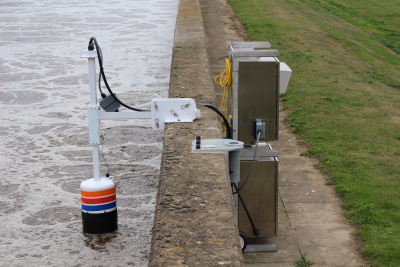Phosphorous Removal – Optimisation of Settlement-enhancing Chemicals
Published on by Derek Price in Business
Regulatory authorities are reducing the phosphorous consents for final effluent so optimisation within the wastewater process is critical.

Municipal and Industrial wastewater treatment plants receive phosphorous from human waste, food and certain soaps and detergents. Removing it during the process and controlling its discharge in final effluent is a key factor in preventing eutrophication (algal blooming) of surface waters. Its presence potentially causes many ecological, economic and health problems (e.g. algal toxins in drinking water).
Phosphate removal is currently achieved largely by chemical coagulation/precipitation, which is expensive and causes an increase of sludge volume by up to 40%.
Any chemical which enhances settlement will tend to remove phosphorous from the fluid while growth of biomass also removes phosphorous as it becomes part of the growing microorganism population, so both settlement and optimised biomass growth can be used to remove phosphorous from the final effluent.
Read full article: Shepherd
Media
Taxonomy
- Treatment
- Treatment Methods
- Chemical Treatment
- Sewage Treatment
- Sludge Treatment
- Water Treatment & Control
- Sludge Management
- Waste Water Treatments
1 Comment
-
I do not believe that adding more chemical additives is the right the solution! I'm learning that the nano bubble is more effective and environmentally friendly